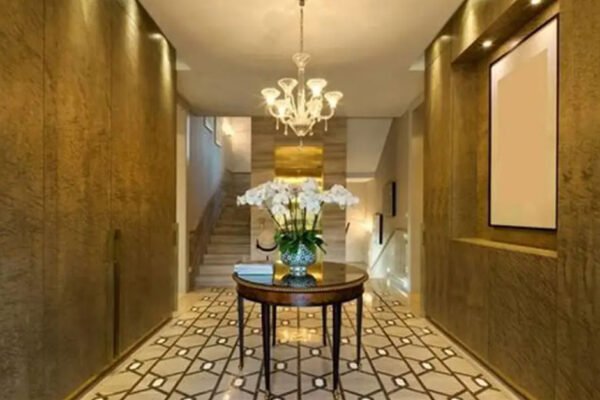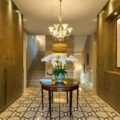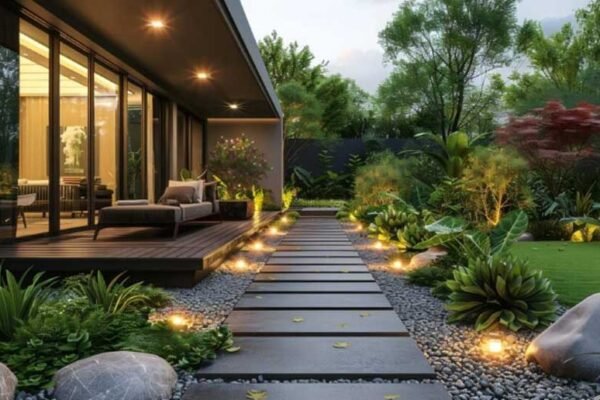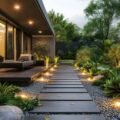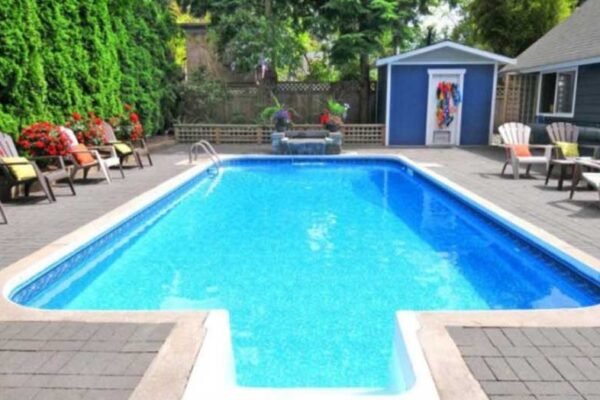
Whether it’s the design of a room, a storefront display, or even a webpage, the way something is laid out has a powerful impact. Thoughtful layouts go beyond simply arranging elements—they shape how people feel, respond, and remember an environment. In both physical and digital spaces, layout plays a critical role in forming first impressions and ensuring lasting engagement.
First Impressions Are Formed in Seconds
We often hear the saying, “You never get a second chance to make a first impression.” This is especially true when it comes to layout. Within moments of stepping into a space or landing on a website, people make quick judgments. A cluttered or poorly organized environment can feel overwhelming and chaotic, leading visitors to turn away before they’ve had a chance to fully explore.
A thoughtful layout, however, creates clarity and comfort. It guides the eye, offers clear pathways, and instills a sense of order. Whether it’s the placement of furniture in a living room or the organization of content on a homepage, smart design sets the tone immediately.
Layout Influences Mood and Behavior
The layout of a space doesn’t just affect how it looks—it also shapes how people behave within it. A room with good flow encourages movement and interaction, while a disjointed arrangement can lead to frustration or confusion. For businesses, this can make or break a customer experience.
For example, a well-designed boutique might use visual cues and strategic spacing to lead customers from one display to the next, creating a natural shopping journey. Similarly, in the home, placing practical features—such as vanity mirrors—in accessible, well-lit areas can elevate daily routines by merging functionality with elegance.
Thoughtful Layouts Highlight the Details
One of the subtle strengths of a well-considered layout is its ability to showcase finer details. Instead of everything competing for attention, a thoughtful layout knows what to highlight and what to let recede into the background. This adds layers to the experience, allowing focal points to shine.
Consider a gallery wall or a statement piece of furniture—these elements benefit from breathing space and complementary surroundings. The same principle applies digitally, where white space and typography hierarchy help users navigate content more effectively.
Balance Between Beauty and Function
A thoughtful layout finds harmony between aesthetics and practicality. Too much focus on appearance can make a space impractical, while purely functional arrangements risk being uninspiring. The key is to blend the two.
For example, an open-plan kitchen might look stunning, but if it lacks sufficient counter space or storage, it becomes frustrating to use. The most impactful layouts consider how people live, work, and interact within the space. They solve problems without sacrificing visual appeal.
Customization Enhances Connection
Thoughtful layouts often reflect the personality or branding of the people or businesses behind them. This customization is what transforms a generic space into something meaningful. It builds a sense of identity and helps people feel more connected to their environment.
In homes, this might mean arranging furniture around natural light sources or creating cozy nooks for reading and relaxation. In commercial settings, it could involve echoing brand values through design elements and color palettes. When a layout feels intentional and aligned with its purpose, people notice—and they remember.
A Lasting Impression is Built Over Time
While first impressions are immediate, lasting impressions are formed through repeated, consistent experiences. A layout that continues to function well, inspire comfort, and adapt to changing needs will stay relevant and memorable.
This is especially important in spaces that people return to often, such as workplaces, living rooms, or retail stores. Regular interaction with a thoughtful layout reinforces positive feelings and builds long-term value.
In Conclusion
Thoughtful layouts are more than just a matter of good taste, they’re an essential part of creating spaces that resonate. By blending structure with intention, aesthetics with usability, and individuality with purpose, layouts shape the way people engage with the world around them. Whether you’re styling a bathroom, planning an office space, or setting up a display, investing in layout design is a step toward making a meaningful and lasting impression.


